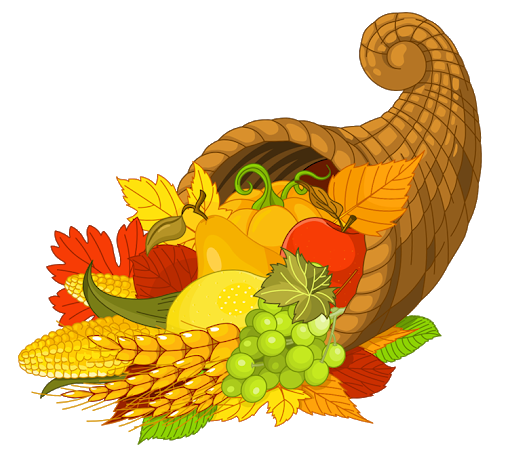


Mobile users:
For best results, view in Landscape mode.

Searching for religious freedom
and freedom from unfair laws, men and
women left England on the Mayflower.
They arrived in Plymouth,
Massachusetts in 1620, ready to
begin new lives in the New World.
The Pilgrims landed at Plymouth Rock
on December 11, 1620.
Their first winter was devastating.
Weakened by the 7-week crossing and the
need to establish housing, they came down
with pneumonia and consumption.
They began to die, one per day, then 2, and sometimes 3.
They dug the graves at night, so that the indians
would not see how their numbers were dwindling.
At one point, there were only 7 persons able to fetch wood,
make fires, and care for the sick.
By the spring, they had lost 46 of the original 102 who sailed
on the Mayflower.
"Pilgrims" is a name for the first group of permanent European
settlers in New England.
The name masks the real differences among the 102 people
(one third of them children)
who stepped ashore at Plymouth in 1620.
The first year on American soil was a hardship for the Pilgrims.
The Indians were friendly and helped the new settlers learn
many ways to survive off the land.
The Pilgrims had little food other than what they could hunt.
Their houses were crude bark shelters.
Early in 1621, the Pilgrims became friendly with the Indians.
The Indians taught them how to plant corn and beans.
By the time cold weather came again, the settlers were living
more comfortably.
They had enough food to last the winter.
In the fall of 1621, the Pilgrim's governor, William Bradford,
decided that a celebration was needed, an occasion to
celebrate their new harvest, their new Indian friends,
and their happiness of being alive.
Chief Massasoit, Wampanoags leader, and 90 of his men were
invited to the first Thanksgiving feast.
The celebration lasted for 3 days.

Thanksgiving in Historical timeline:
October of 1777 marked the first time that all 13 colonies joined in a
thanksgiving celebration. It lasted 8 days.
It also commemorated the patriotic victory over the British
at Saratoga.
George Washington proclaimed a National Day of Thanksgiving
in 1789.
He called for a day of prayer and giving thanks to God.
It was to be celebrated by all religious denominations,
but discord among the colonies prevented it from being
practiced by all the states.
Many felt the hardships of a few Pilgrims
did not warrant a national holiday.

In 1863, President Lincoln proclaimed the 4th
Thursday of November as Thanksgiving Day.
Thanksgiving has, since 1863, been celebrated on that day,
with a few exceptions:
In 1865, President Andrew Johnson changed Thanksgiving
to the 1st Thursday in December.
In 1869, President Ulysses S. Grant
selected the 3rd Thursday in November.
In 1939, President Franklin D. Roosevelt
set November 23rd as Thanksgiving Day.
In 1941, he proclaimed the 4th Thursday
as Thanksgiving in all the states and U.S. possessions.
We have continued to celebrate Thanksgiving
on this day ever since.
.

